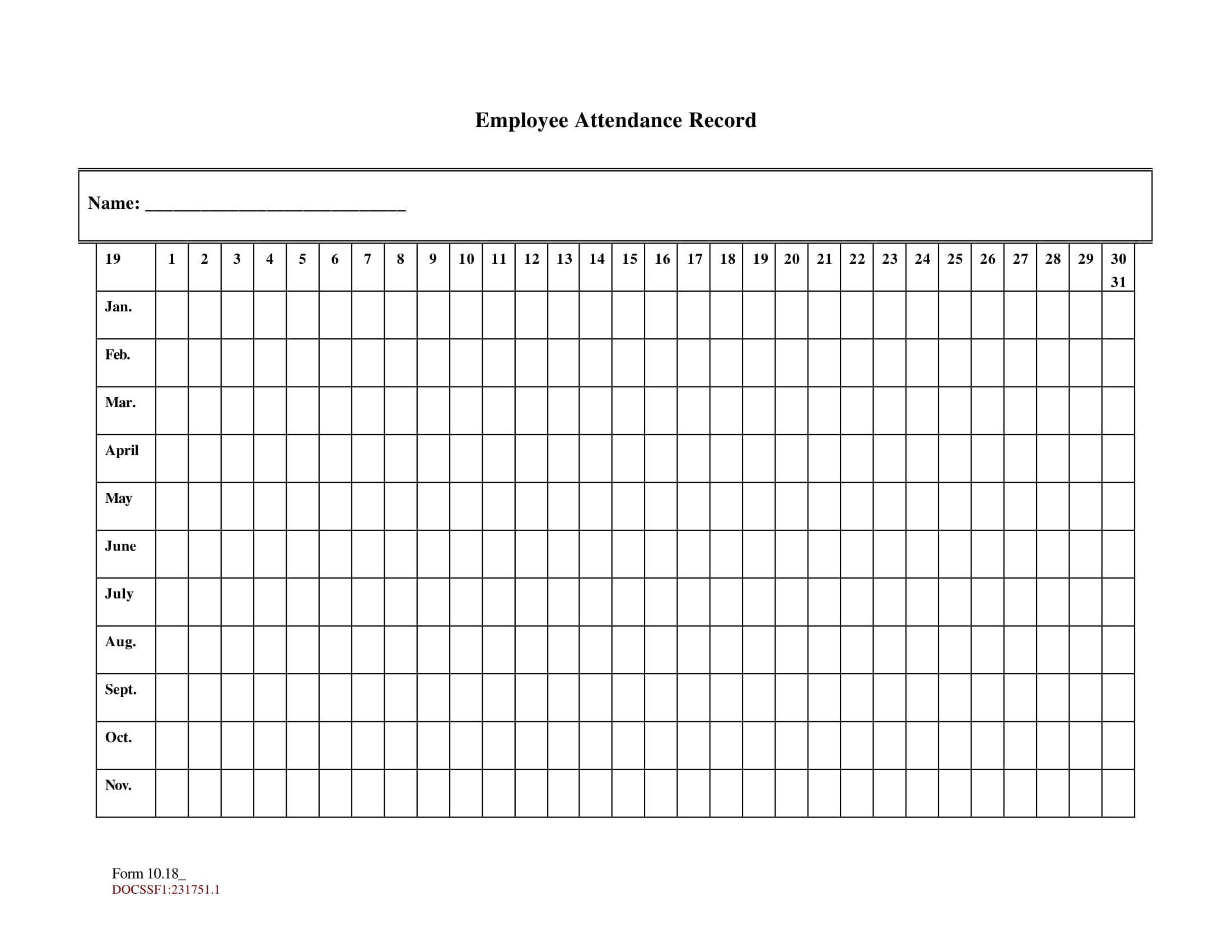

Initially I was quite cynical, especially when the most expensive metals just happened to sound better.

Indeed, some apects of the cable voodoo is only now being explained. This is the same sort of debate that was going on in the hi-fi industry about twenty-five years ago regarding speaker cables. So, reply to this thread, and give me some more stuff to read ) Just an audio guru who loves his "sport", and reads a lot! :). This is not even taking into account each individual unit's PLL circuitry and any associated delays as well. I have NEVER seen a Word Clock unit that has ANY kind of cable compensation, and I suspect this could have some kind of effect on acheiving a "solid PLL loop" between many units and varying length (and resistance/capacitance) of cables. In TV, we HAVE to use cable compensation and such to account for the variables the cable itself adds to the equasion. I can totally see the need for master wordclock distribution in a multi-unit environment, but I am skeptical about a word clock being able to improve 1 peice of gear by any noticeable amount (unless you already have a pre-conceived notion on the more "expensive" option automatically sounding "better"). Again, no specific data to support this, but we plan to deploy certain preamps which do not have analog outs and which therefore may not sync to clock on an ADAT in port, and which we further do not wish to have acting as clock masters.Isn't there a thread somewhere where George Massenburg (or one of the big-named mastering engineers) also states that a tight PLL loop is VERY hard to acheive, and it is unlikely that an external word-clock could be an improvement over an internally generated clock source (unless the internal clock is really THAT bad). For example, use of a device which is unable to act as a slave, which you do not wish to rely on as a master. Unwieldy or otherwise unsuitable Master/Slave implications. No evidence here for or against, just a possibility under consideration.Ĥ. Maxing 8 channels of audio may introduce unreliable clock transmission. We have 10 meter runs which lock reliably, but there's going to be an upper limit.ģ. The Toslink spec isn't clear but generally indicates a limit of 6 meters. There are times when outbound audio needs to route differently than outbound clock.Ģ. With ADAT and SPDIF, clock travels on the outbound leg from the master. Multiple computers/interfaces where digital audio routing changes frequently, or where routing concerns interfere with clock transmission. I have asked similar questions, and so far come up with some situations where a master clock might be useful.ġ. If you want a reasonably quick but relatively detailed overview - backed up with real world testing of low, mid, and high range converters and clocks and the effects of slaving to an external clock, this Sound-on-Sound article is pretty valuable:ĭoes Your Studio Need A Digital Master Clock? But the slave must deal with jitter induced by HF clock connections between devices, 'recovering' as jitter-free a signal as possible despite in-circuit signal reflection interference.
#Word clock recording free
A master clock's job is relatively simple: put out clean, jitter free time code. But, remember, it's the SLAVED clock that has to do the 'heavy lifting' with regard to holding jitter problems in check.

With big, complex rigs there may be interconnection or rerouting issues that mandate a standalone clock. That said, the very highest tier of converters (we are not talking Apogee here, which are considered mid-tier for these purposes) have excellent, near-flawless 'clock recovery' (slave) modes, (as you can read in the article linked below).

With smaller multi-converter rigs, it's not just reasonable, but perhaps advisable to make the 'best' of your converters the master (meaning that it, at least, will not have increased jitter from slaving). Because of the nature of the extremely high frequency clock signals, a self-clocked converter will almost always have lower jitter.


 0 kommentar(er)
0 kommentar(er)
